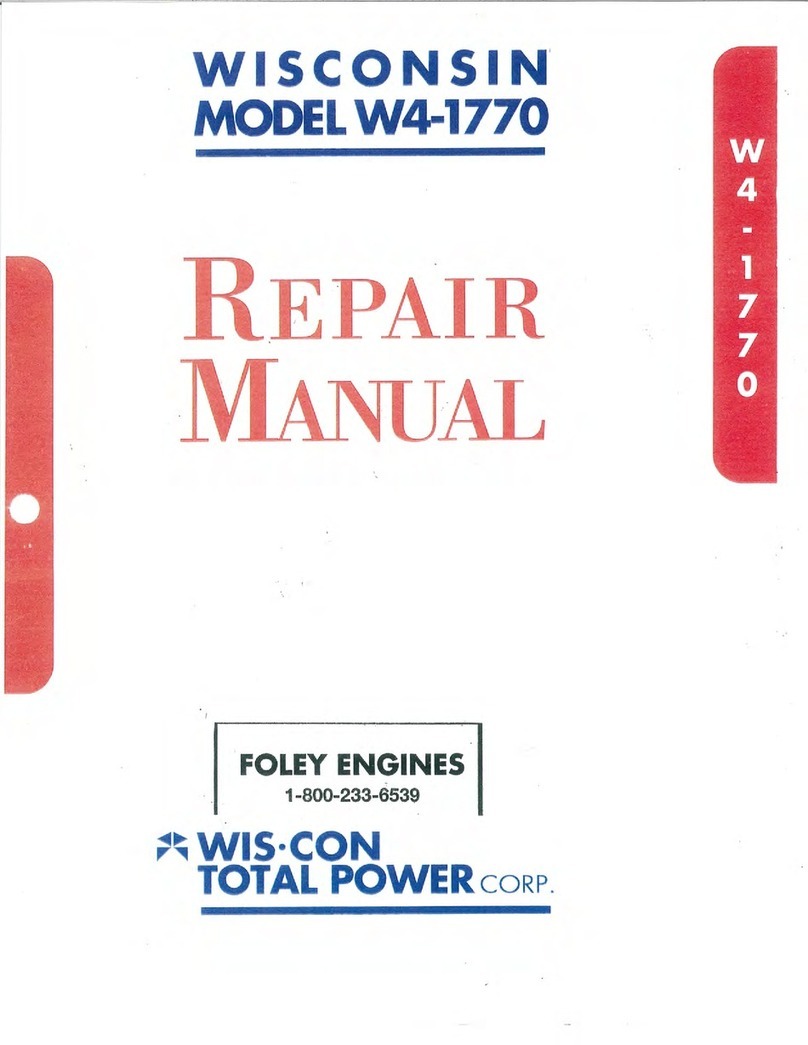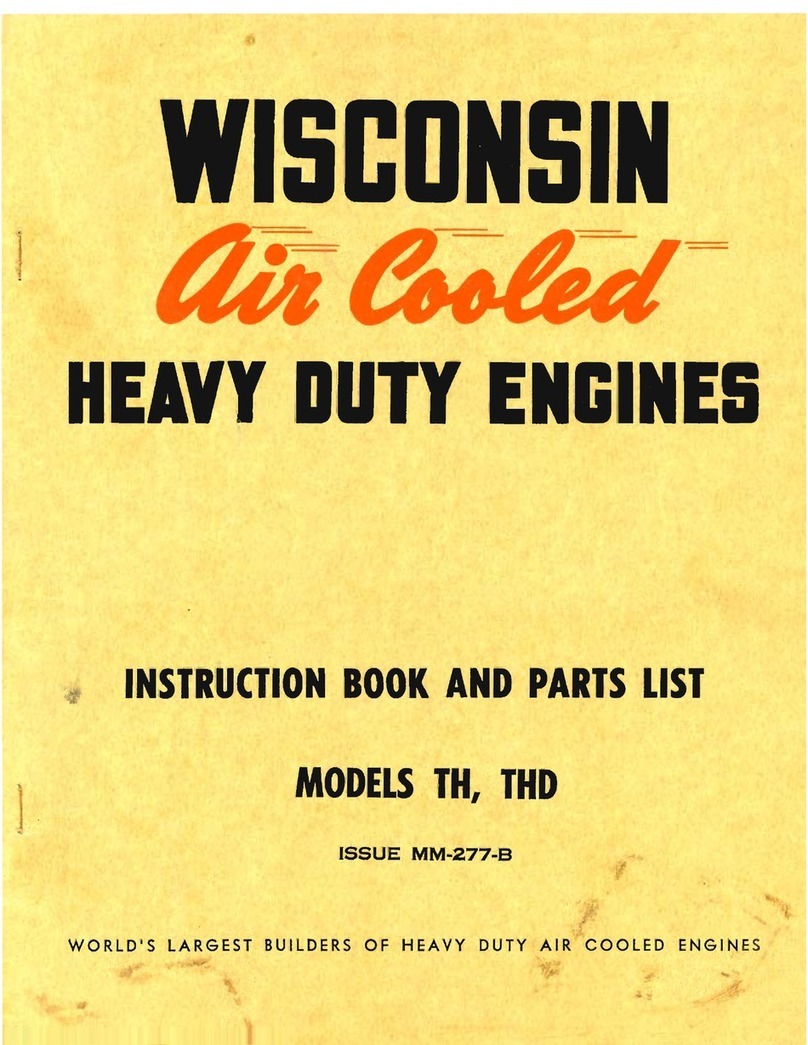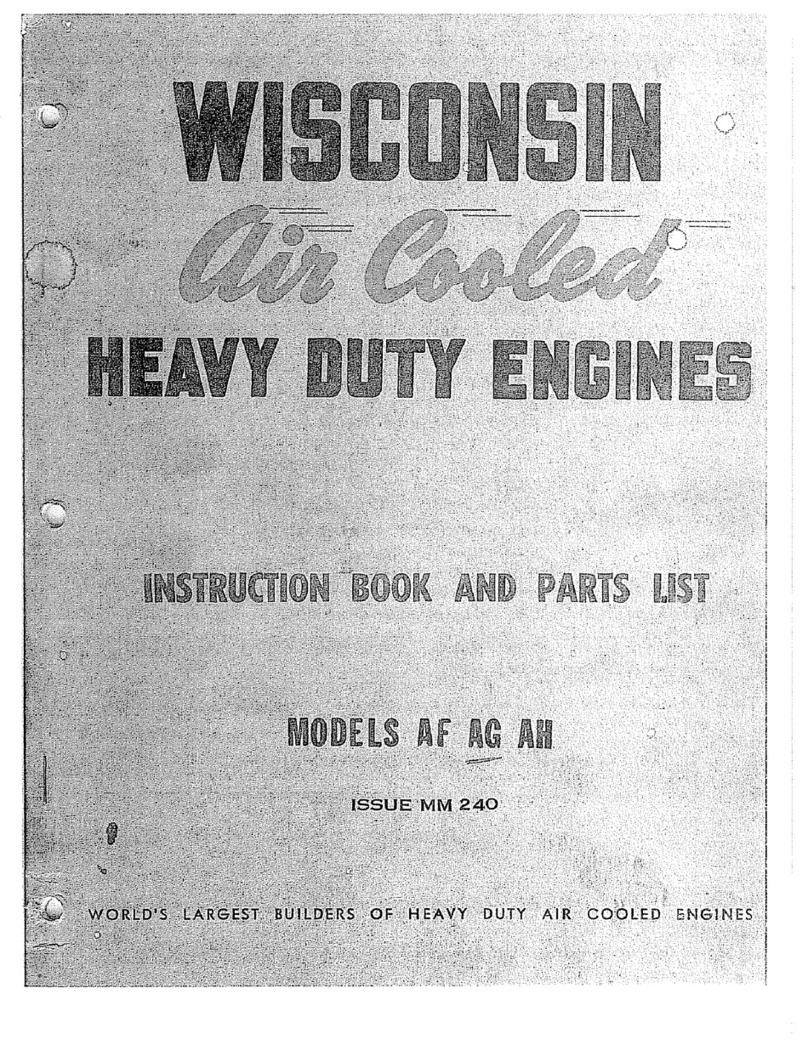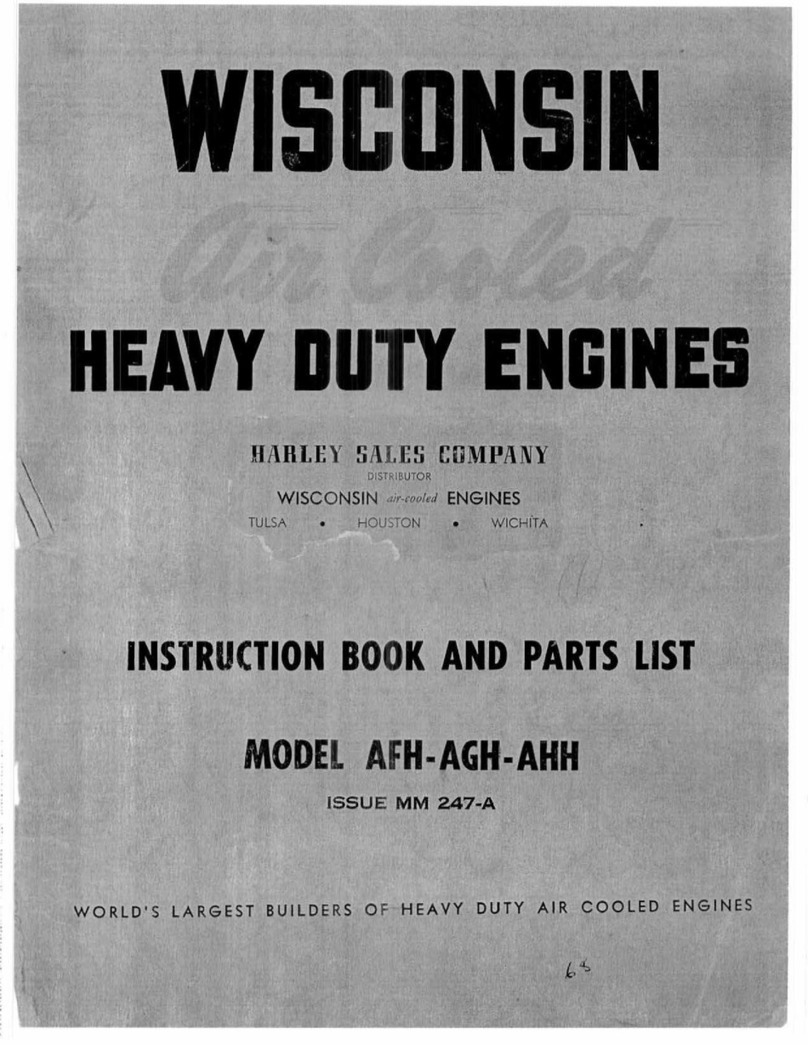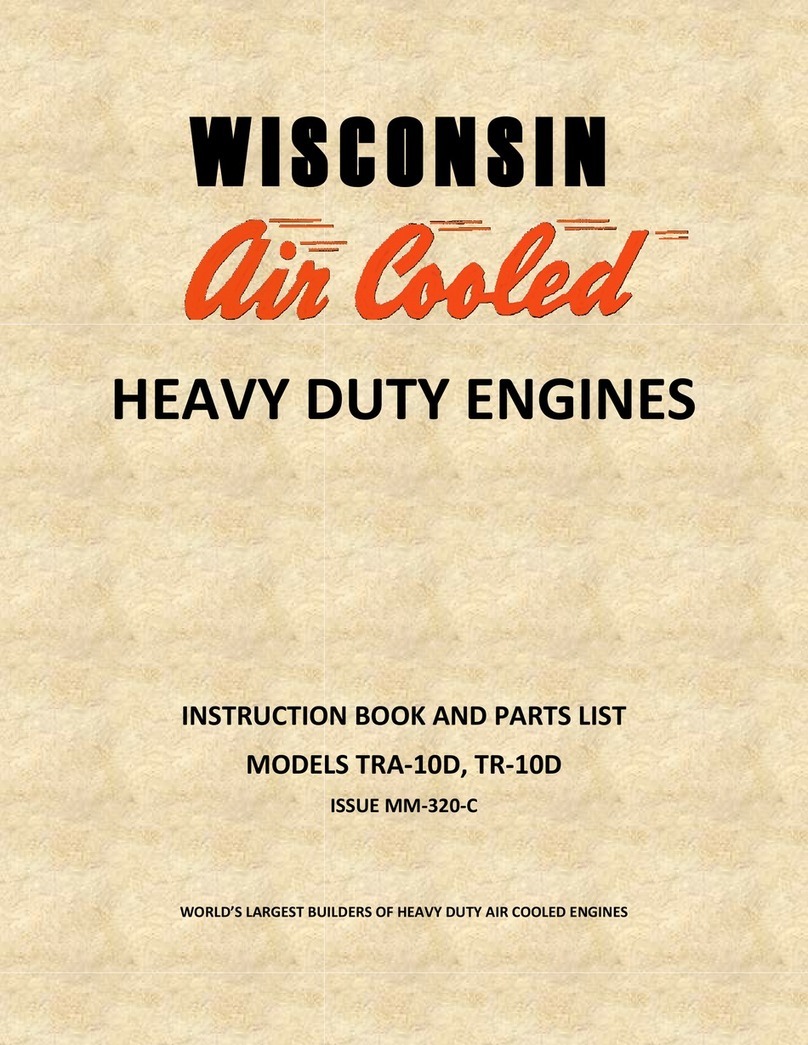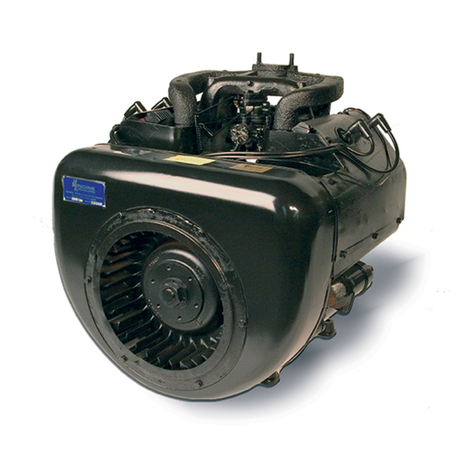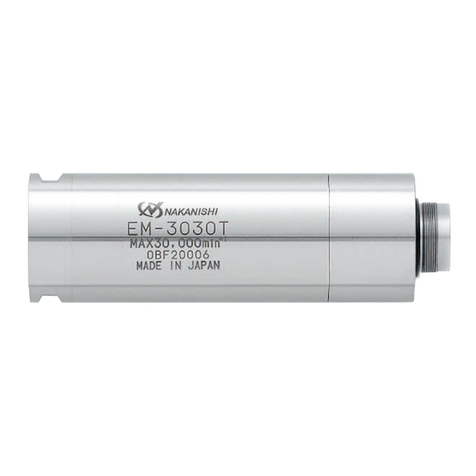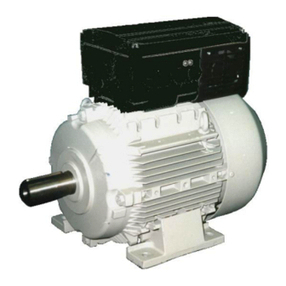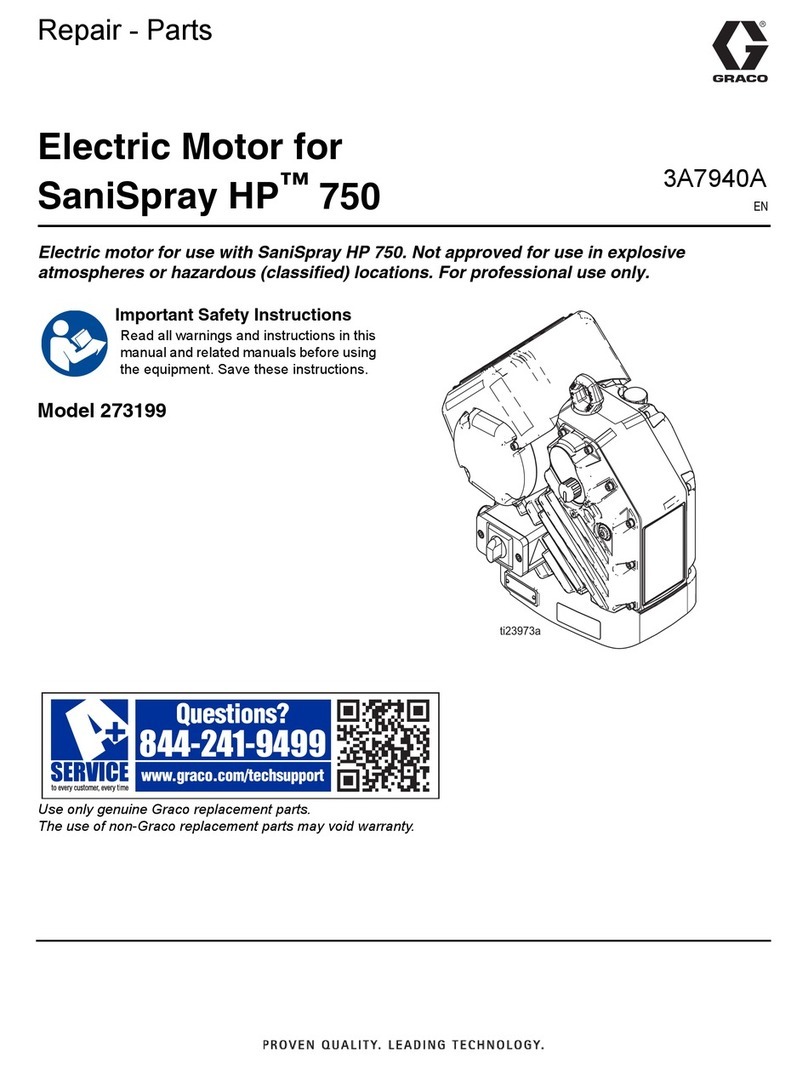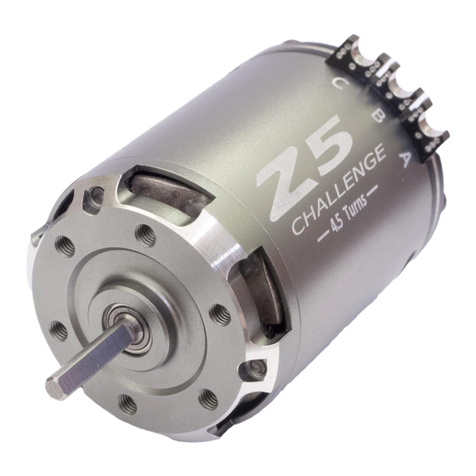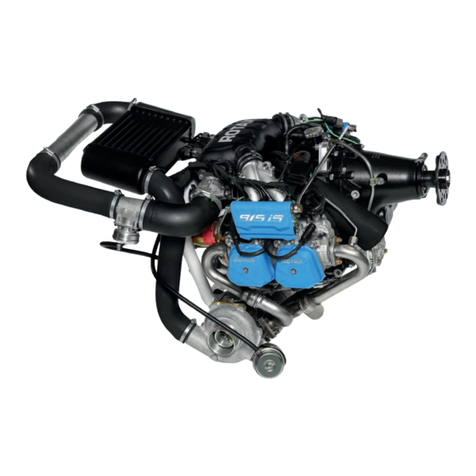
screw
of
dev
i
ce
W
113
towards tho right side. Un-
screw
holding
device so that the flywheel can be
taken
off.
Igniti
on
6. Take
off
sparkplug hood
for
spa
rkplug and
screw
out
sparkplug.
1
91
R and 193 R: Loosen fastening
clamp
of
ignition
wire.
192
Rand
200
R: Loosen the 2 tapping screws with
which
the
coil
is fastened,
if
the
coil
was
not
removed before. Pull blue
generator
cable
out
of
the
plug
con·
nection
with
the
coil.
Best
cut
off
plug
fr
om the gener
ator
wire and pull
off
protection
sleeve. Pull
generator
cable
through the
upper
rubbei
socket in the housing. A
drop
of
oi
l
in the r
ubber
sockets makes the pul-
ling through
of
the cables easier.
In
all
type
s
of
motors loosen the 3 fastening screws
with
which
the
armature
plate
is screwed
to
the
housing. Take
off
the armature
plate
when
doing
this
also pull out the wires.
Cylind
er
7.
191
Rand
193 R: Loosen tapping screws with which
air
guide
plate
is fastened. Take
off
airguide
plate
by
pulling
it
upward.
Loosen screws
or
nuts
with
which
the cyli
nder
head is fastened. Take
off
cylinder
head
with
head gasket.
200
R: Unscrew the 4 hexagonal nuts with
which tho cyl
inder
is screwed
to
the
crankcase. Use wrench
SW
17. Lift
off
cylinder.
Pi
ston
8. Remove
safet
ies
of
gudgeon pin.
Press
out
gudgeon
pin
with assembly pin.
Assembly
pin
200 R: W
39
/ 6
"
191
R
"
192
R Iw39' 4
• " 193 R I
If
necessary
slightly
tap
with a hammer, while
dotng
this
hold piston with hand. Remove piston.
9. Push
needle
cage
out
of
the small eye
of
the
con-
necting
rod.
To
keep
it
,
best
place
it
over
the
gud-
geon pin.
Oil seal
10. Turn
motor
in
vice
at 180 .
11. Make a hole
in
the
covenng
of
the oil seal
with
a poin-
ted
tool.
In
doing
so
pay
attention
that
the bearing
lieing
behind
the
covering, is
not
damaged. Then
put
a
hook
into
the hole and pull
out
the
oil
seal.
Cran
kcase
12. Remove the
exterior
snap ring on
the
crankshaft
with
exterior
snap ring pliers.
With
ellern wrench screw
5 DlN
911
loosen the six screws
with
which crankcase
and crankcase flange
are
screwed together.
2
de l'extracteur dans le sens des aiguilles d'une
montre. Devisser le
dispositif
de
blocage
afin
de
pouvoir
retirer
le
ventilateur.
6.
A
ll
umage
Retirer le chapeau de Ia bougie
et
devisser Ia bougie.
191
Ret
193 R: Enlever Ia
bride
de
fixation du fil
de
bougie.
192
Ret
200 R: Devfsser les
de
ux vis
tara
ud fixant Ia
bobine, a moins
que
cette
derniere
n'ait eta enlevee prealablement.
Retirer
le fil bleu
de
Ia
prise
dans Ia
bobine,
couper
Ia languette
de
con-
tact
,
sortir
le manchon par
e-p
luie, re-
tirer
le fil du caoutchouc passe,
cable
une
goutte
d'huile facil
itera
!'
opera-
tion.
Concerne
tous
les
moteurs: Devisser l
es
3 vis fixant
le
plateau
porte
induits
sortir
le plateau avec les
fils
des
conduites
electriques
.
Cylindre
7.
191
Ret
193 R: Devisser Ia vis taraud fixant
le
capot
guide
d'air,
retirer
ce
de
r
nier
vers
le
haul.Devisserles ecrous ou les vis
de
fixation
de
Ia culasse
retirer
Ia culasse
200R
:
P
is
ton
ainsi que
le
joint
de culasse.
Devisser les 4 ecrous asix pans fixant
le
cylindre
au
carter
au moyen
de
Ia
cle
plate
de 17 mm. Deposer le
cylin-
dre.
8. Retirer
Jes
jones d'arrAt
de
l'axe
de
piston.
Sortir
J'axe
de
piston au moyen de Ia broche specialc.
Broche-
200
R: W
39
/6
Broche
-191
R: 1
Broche ~
192
R:
Jl
Broche
-193
R:
W39
/4
Au
besoin maintenir le piston d'une main
et
en
don-
nant des
petits
coups
de
marteau
faciliter
!'extraction.
Enlever le piston.
9. Retirer le cage a aiguilles de l'
oeil
du pied de bielle.
Pour plus
de
surete,if est preferable
de
Ia remettre
de
suite sur l'axe
de
piston.
B
ag
ue d'etancheite
10. Faire pi
voter
le
moteur
de
180° dans l'etau.
11
. A l'aide d'un pointeau, en veillant 'ane pas abimer
Je
roulement,
percer
un
trou
dans Ia bague d'etancheit
e.
Puis au moyen d'un crochet passe
par
ce
trou. Retirer
Ia bague d'etancheite.
Cart
er
12. Enlever
Je
circlips
de
l'axe du
vilebrequi
n au moyen
d'une
pince
a
circlips
exterieurs. Devisser les vis asix
pans creux au moyen
de
Ia
cle
male a six pans
5
DIN
911.
..

